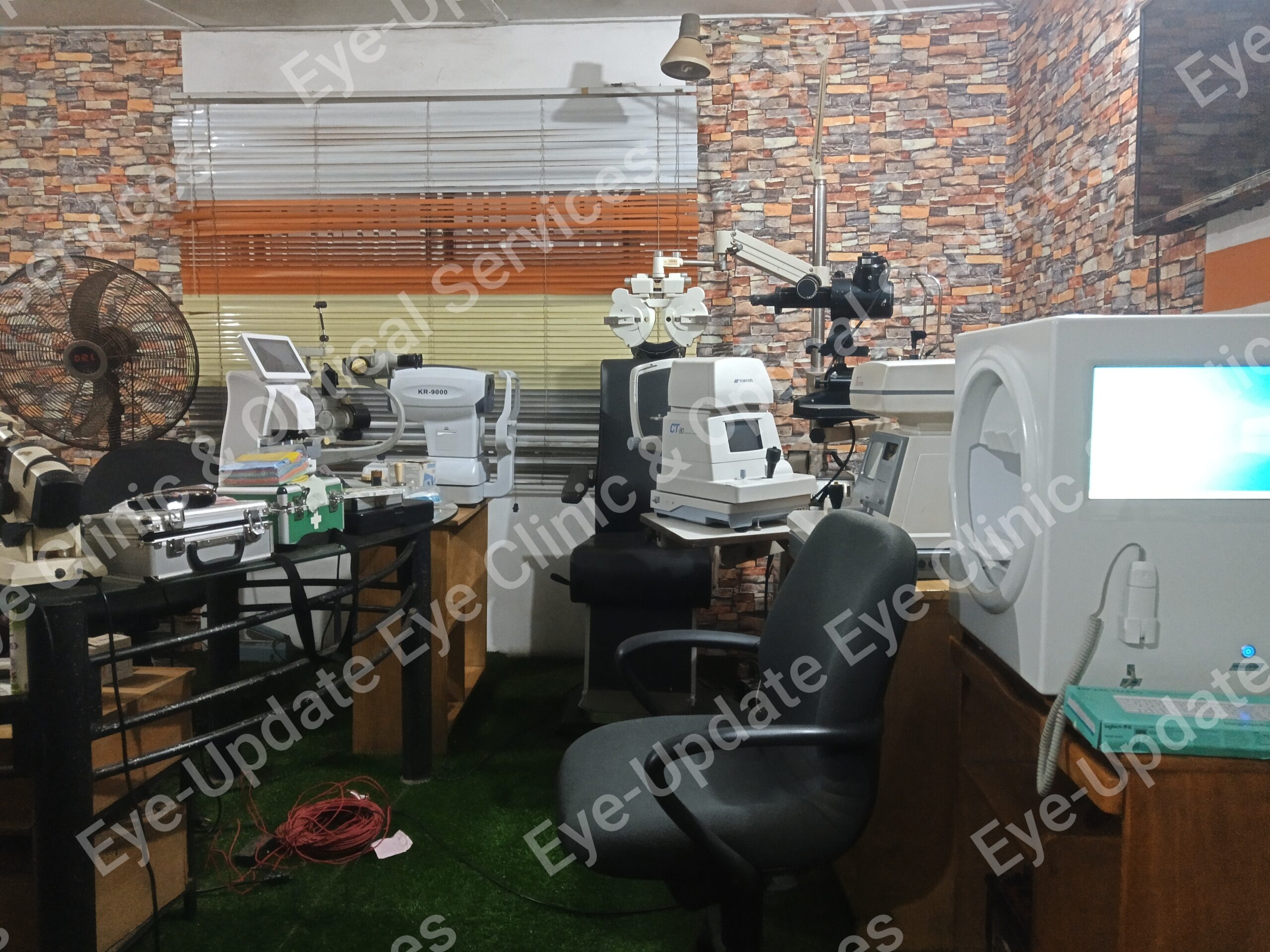Blue light exposure from screens is small compared to the amount of exposure from the sun. However, there is concern about long-term effects of screen exposure from digital devices. This is especially true when it comes to too much screen time and screens too close to the eyes.
According to the Vision Council, 80% of American adults use digital devices more than two hours per day. Nearly 67% use two or more devices at the same time. Fifty-nine percent have symptoms of digital eye strain.
Since our eyes are not good at blocking blue light, nearly all visible blue light passes through the front of the eye (cornea and lens) and reaches the retina, the cells that convert light for the brain to process into images.
Constant exposure to blue light over time could damage retinal cells and cause vision problems such as age-related macular degeneration. It can also contribute to cataracts, eye cancer and growths on the clear covering over the white part of the eye. According to a vision study by the National Eye Institute, children are more at risk than adults because their eyes absorb more blue light from digital devices.
People also tend to blink less when using digital devices, which contributes to dry eye and eye strain. Other common signs of eye strain include headaches, blurred vision, and neck and shoulder pain. According to the Vision Council, 27% to 35% of Americans reported experiencing one of these symptoms after using digital devices.
How does blue light affect sleep?
Exposure to blue light before bedtime also can disrupt sleep patterns as it affects when our bodies create melatonin. Interruption of the circadian system plays a role in the development of type 2 diabetes, cardiovascular disease, cancer, sleep disorders, and cognitive dysfunctions.

You can get antibluelight glasses to protect your eyes from the eye clinic located at 01, Ajuwon bus stop, off Elliot bus stop, Iju- Ajuwon. Tel: 08068084591


